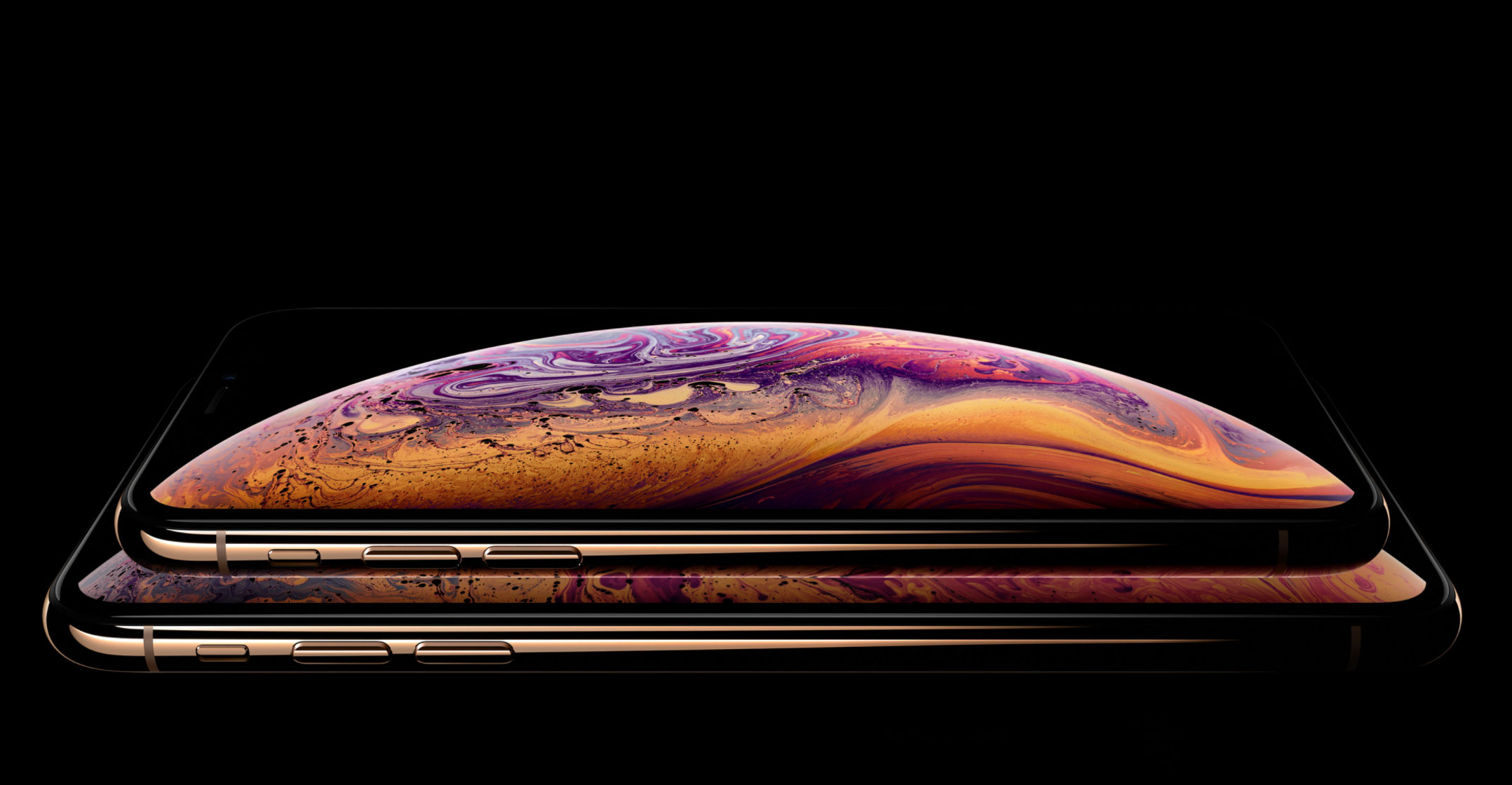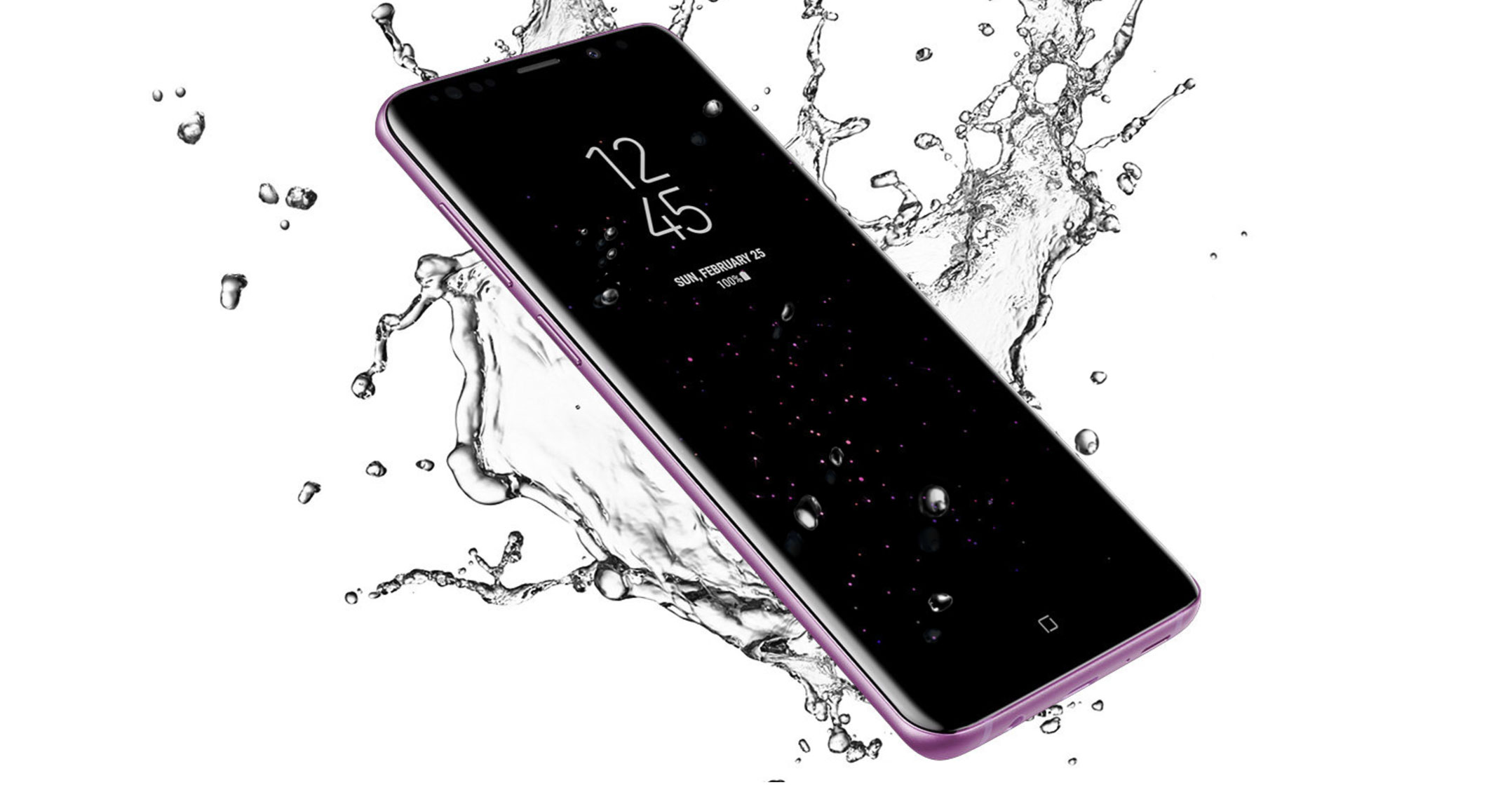 Apple plans to hold off until at least 2020 before offering an iPhone that can connect to the next generation of high-speed phone services coming next year, according to people familiar with its plans.
Apple plans to hold off until at least 2020 before offering an iPhone that can connect to the next generation of high-speed phone services coming next year, according to people familiar with its plans.
The delay may make it easier for rivals like Samsung Electronics to win over consumers to phones that connect to 5G networks, which will provide a leap forward in mobile data speeds when they are introduced in 2019.
As with 3G and 4G, the two previous generations of mobile technology, Apple will wait as long as a year after the initial deployment of the new networks before its main product gets the capability to access them, said the people, who asked not to be identified discussing the company’s plans.
Apple’s previous calculations — proven correct — were that the new networks and the first versions of rival smartphones would come with problems such as spotty coverage, making consumers less compelled to immediately make the jump. This time, 5G boosters argue the switch is a much bigger speed upgrade, making Apple’s decision to wait riskier. The networks will open the floodgates to new types of mobile computing, 5G advocates say.
The decision to sit on the sidelines may be related to the company’s feud with Qualcomm, the leader in 5G-enabled chips, and its alliance instead with Intel, which won’t have chips available in time to support 2019 phones.
Apple didn’t respond to requests for comment.
Stakes have changed
In the past, it hasn’t been a problem for the Cupertino, California-based company to wait a year after much of its competition to release phones compatible with the latest wireless networks. The original iPhone in 2007 was so far ahead of rivals that its slower connection, known as 2G Edge, wasn’t a deal breaker for early adopters. Even the iPhone 4S with its flashy features like a stainless steel frame and the promise of Siri were enough for some to ignore its lack of true 4G LTE speeds.
But going into 2019, the stakes have changed: the leap from 4G to 5G is significant enough that it may become a major selling point for new devices. Samsung plans to have 5G phones in its Galaxy range next year. And in China — the largest market for smartphones — major producers Oppo and Huawei Technologies also have indicated they plan to offer 5G phones.

“Apple has always been a laggard in cellular technology,” said Mark Hung, an analyst at Gartner. “They weren’t impacted in the past, but 5G is going to be much easier to market. But if they wait beyond 2020, then I think they’ll be impacted.”
Apple also is under more pressure to keep its iPhone customer base. The company has lost a fifth of its value the past two months amid a tech stock rout and reports of suppliers cutting forecasts, signalling the new models introduced in September aren’t selling as well as anticipated. While the global smartphone market has declined for four consecutive quarters, according to industry analyst IDC, the iPhone accounts for almost 60% of Apple’s revenue and is the foundation of the company’s push for sales in consumer services such as music, video and cloud storage.
US wireless carriers like Verizon Communications Inc. and AT&T are likely to prioritise the marketing of 5G phones in order to get customers to migrate over as soon as possible. The new networks will take advantage of a greater range of radio frequencies and be capable of carrying much higher-speed data. That provides an incentive to move traffic to the speedier networks because it will lower the costs for the wireless carriers. Think of the difference in the number of cars a multi-lane freeway can accommodate versus a single-lane regular road.
To be sure, for some existing Apple customers, the lack of 5G connectivity next year won’t be a deterrent. A portion of consumers upgrade their current iPhones to the new models regardless of the changes to the device. Given that hardware upgrade cycles are slowing overall, a 2020 launch for 5G could create a super cycle of upgrades from iPhone users who would still be using an iPhone X or Xs two years from now.
Since 2011, Apple has debuted all major new iPhone models in either September or October. The company, however, has released mid-cycle updates like the Verizon iPhone 4 in February 2011, geared toward specific networks. It also launched a smaller model, the iPhone SE, in March 2016.
Huawei and Samsung can build 5G modems — not just Intel and Qualcomm. But Apple is unlikely to use chips from competitors, and the companies may also struggle to produce enough supply for the iPhone’s huge volumes — more than 200 million a year. — Reported by Ian King, Mark Gurman and Scott Moritz, (c) 2018 Bloomberg LP

